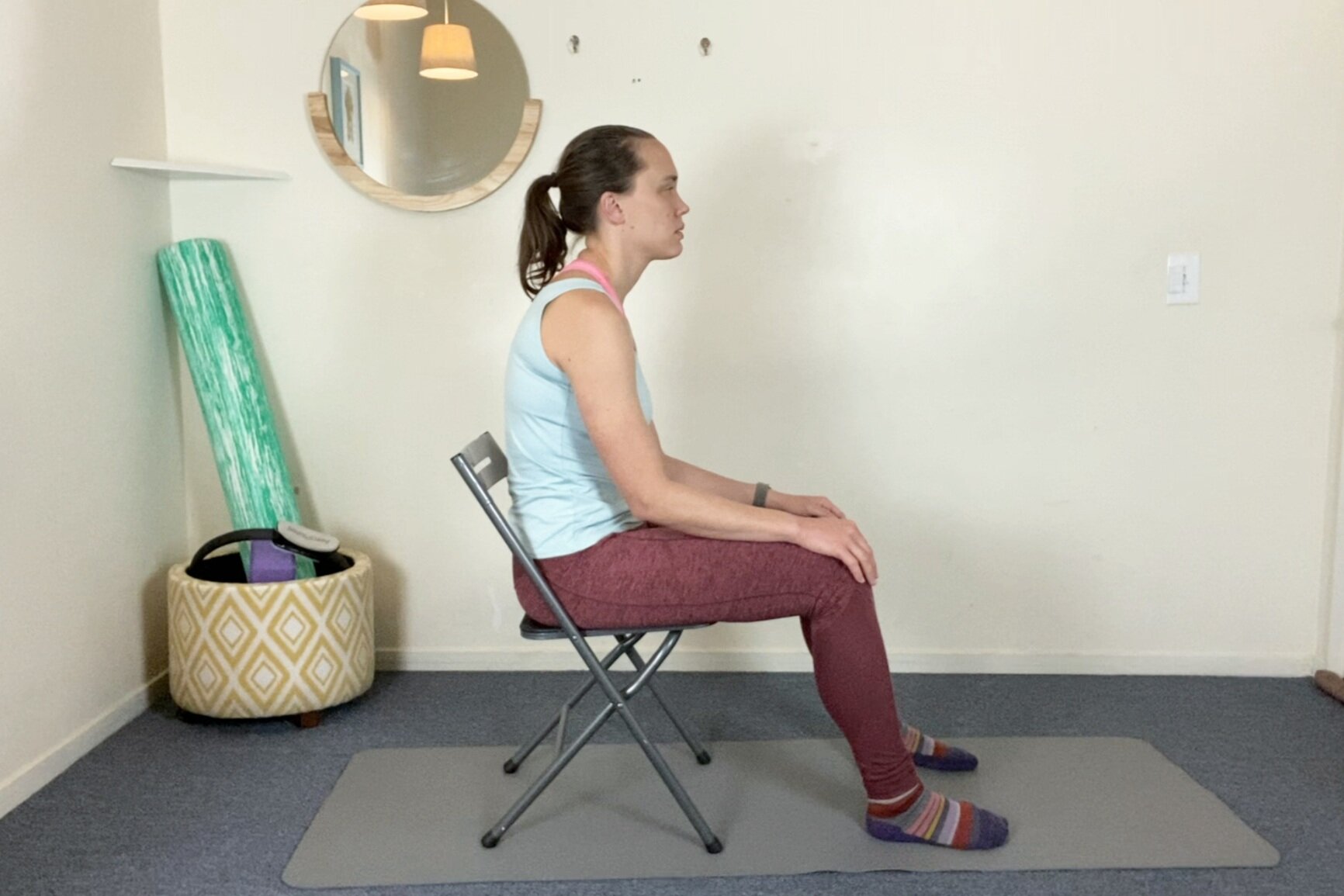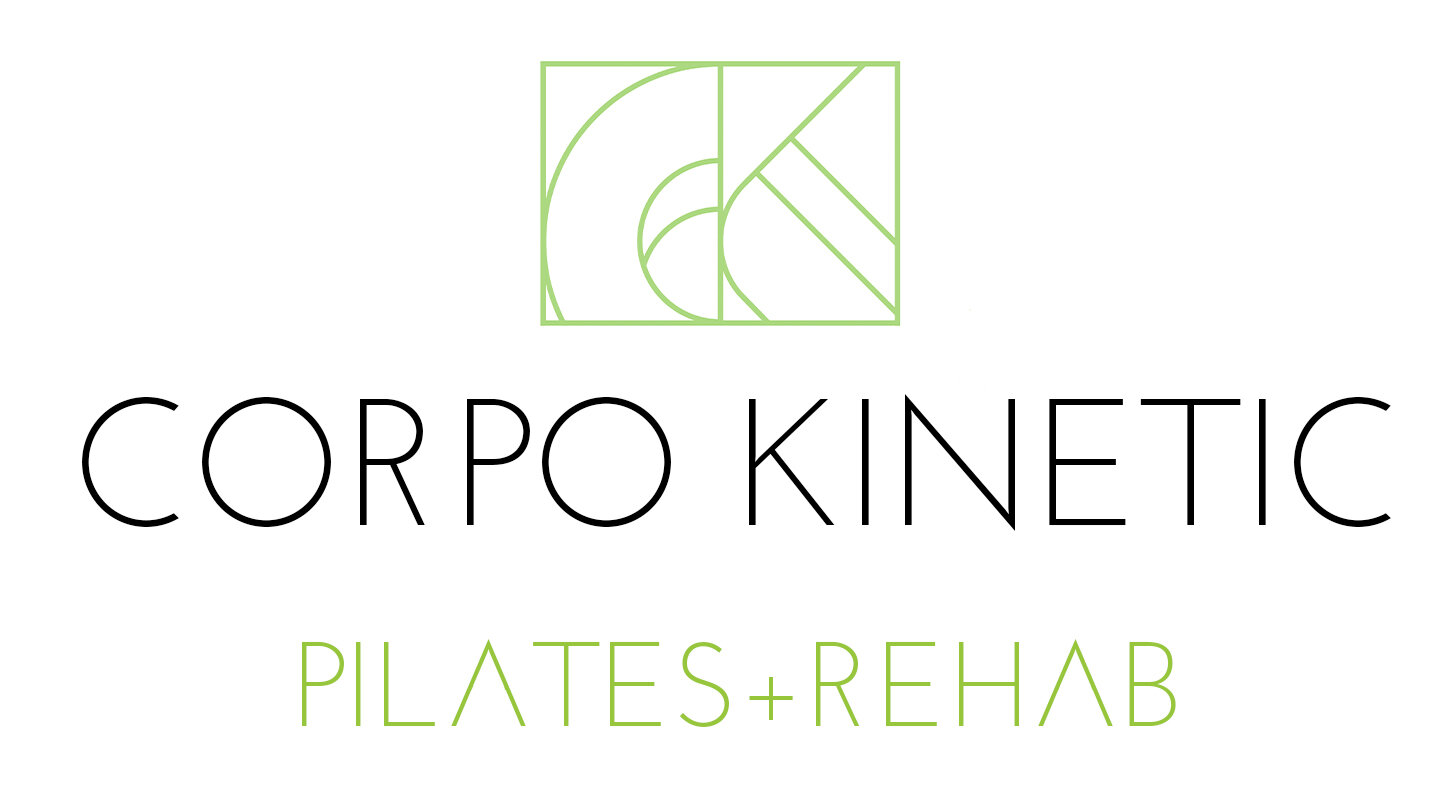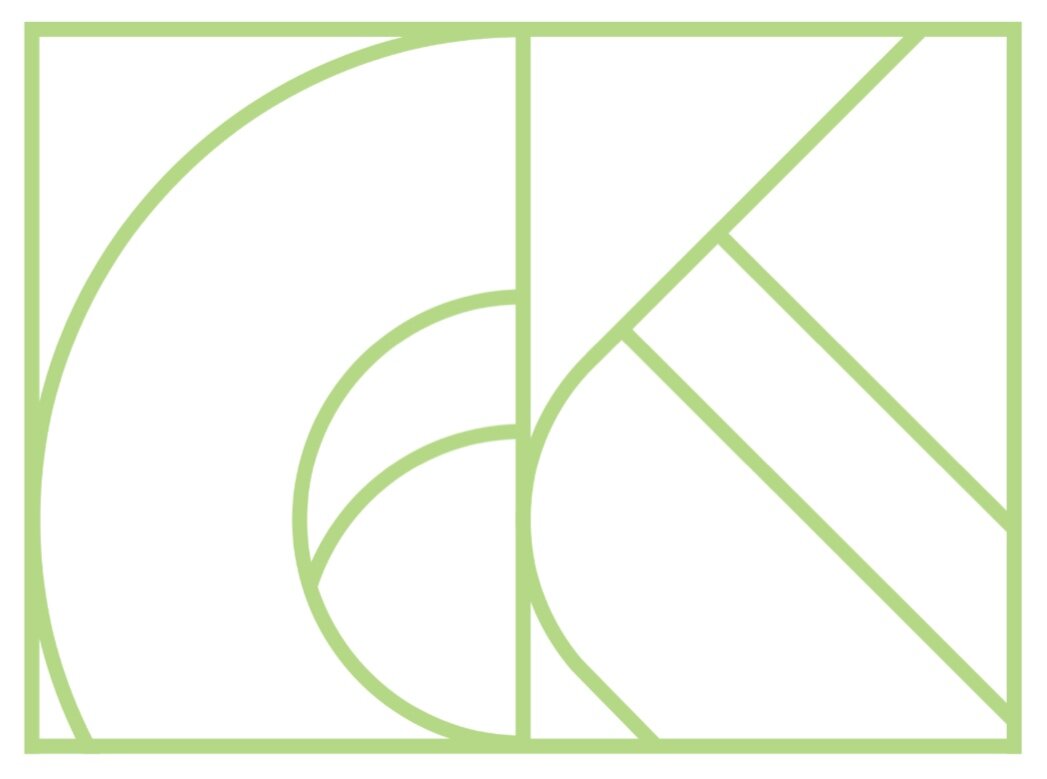
Blog

How Your Pelvis Moves Your Neck
If you’ve been following our blog the last couple of months, you’ve seen how we work with computer posture in the neck and upper back, and how we work with tight hips and lower backs from sitting. And this month I’d like to let you in on a little secret: it’s all connected. The position of your pelvis will influence the position of your upper back and neck, and visa versa.

What Happens to our Hips When We Sit?
For most people, this long year of pandemic has translated into a lot more sitting time, and we’re feeling the consequence in our hips. At the studio, hip openers are one of the main requests we’re hearing in classes
Why? Sitting for long periods of time can cause tightness in the hip flexors and lower lower back, and corresponding weakness in the glutes and lower abdominals. This pattern is called Lower Crossed Syndrome (Remember Upper Crossed Syndrome from our last blog?), and there are many ways Pilates can help.

How Do We Counter Computer Poster?
Have you found yourself at a computer lately? Thank goodness for technology’s ability to keep us connected, but if you’re feeling an achy upper back, tight shoulders, neck stiffness, or maybe even a headache - you may be feeling the effects of “computer posture.” As we look at the computer for hours on end, our head tends to creep forward, shoulders round, chest sink, and upper back hunch. These postural changes are often exaggerated when sitting, because the position of our pelvis impacts the position of our upper backs and necks. We’ve been calling this position “computer posture” in class as most people instinctively understand the meaning. However, it has an official term: Upper Crossed Syndrome.

Anatomy Moment: The Dynamic Pelvic Floor
If you’ve ever done a kegel, or even if you know about this simple exercise, you may know where the pelvic floor is, but why is it so important? The pelvic floor is the “pilot light” for our internal core unit, it helps support our organs and it helps ensure proper hip, lower back, and pelvic movement mechanics. And there is so much more to it than the kegel!

Anatomy Moment: 52 foot bones
Feet have been on my mind lately. Many of my clients have foot pain, and just recently I got back to running after taking some time off due my own bout with it. I like to start my interest in a particular area with the anatomy – if we don’t know what’s there, it’s hard to be able to treat it! Way back in the beginnings of my anatomy geekiness, I was fascinated with the fact that a quarter of the bones of the human body are in our feet.

